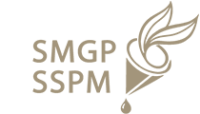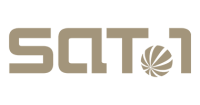12 Minutes
CONTENTS
For someone who shifts from one side of the bed to the other, tries dozens of hacks for getting a good quality sleep at night that all go in vain will find a sleeping pill no less than a magic pill. Although sleeping pills are a temporary solution to insomnia, for a sleep-deprived person the effect of a sleeping pill is life-changing and there is a greater chance that he might continue taking the drug for longer than the prescribed time and in increased doses which leads to dependency and addiction.
More than one-third of the people in the UK struggle with bouts of insomnia and it is worrisome because this reflects the rate of sleeping pills consumption among the masses, since most of these people turn to medication for treating their insomnia. It is news to no one that these sleeping pills have the potential for abuse if they are misused and not taken as prescribed by the doctor.
Sleeping pills are classed as ‘sedative hypnotics’ and include benzodiazepines, non-benzodiazepines (Z-drugs), and Melatonin (Circadin) among others. In an analysis done by Public Health England (PHE) in 2017-18, the Z-drugs which include Zopiclone and Zolpidem had a prescription rate of 2% with 1 million medicines dispensed. Due to the potential for addiction witnessed with the use of Z-drugs the sales of these prescription-only sleeping pills are strictly regulated. Unfortunately, these medications are available illegally on the streets, sourced through the black market and an upsetting trend of their misuse is on the rise.
FAQs
A UNIQUE METHOD TREATING Prescription Drugs
a successful and proven concept focusing on underlying causesPrescription Drugs TREATMENT LASTING APPROACH
0 Before
Send Admission Request
0 Before
Define Treatment Goals
1 week
Assessments & Detox
1-4 week
Psychological & Holistic Therapy
4 week
Family Therapy
5-8 week
Aftercare
12+ week
Refresher Visit
Prescription Drugs Insights
latest news & research on Prescription Drugs
Fentanyl Poisoning
Opioid toxicity, including fentanyl poisoning, can lead to severe side effects and potentially life-threatening issues that develop immediately after consuming the high dose
read moreMogadon
Addiction to Mogadon can develop over time, and it's important to be aware of the warning signs
read moreDiazepam Withdrawal Symptoms
A diazepam withdrawal can be excruciating and draining, even dangerous in some cases. Suppose you are addicted to diazepam and wish to discontinue it
read moreAccreditations

































































